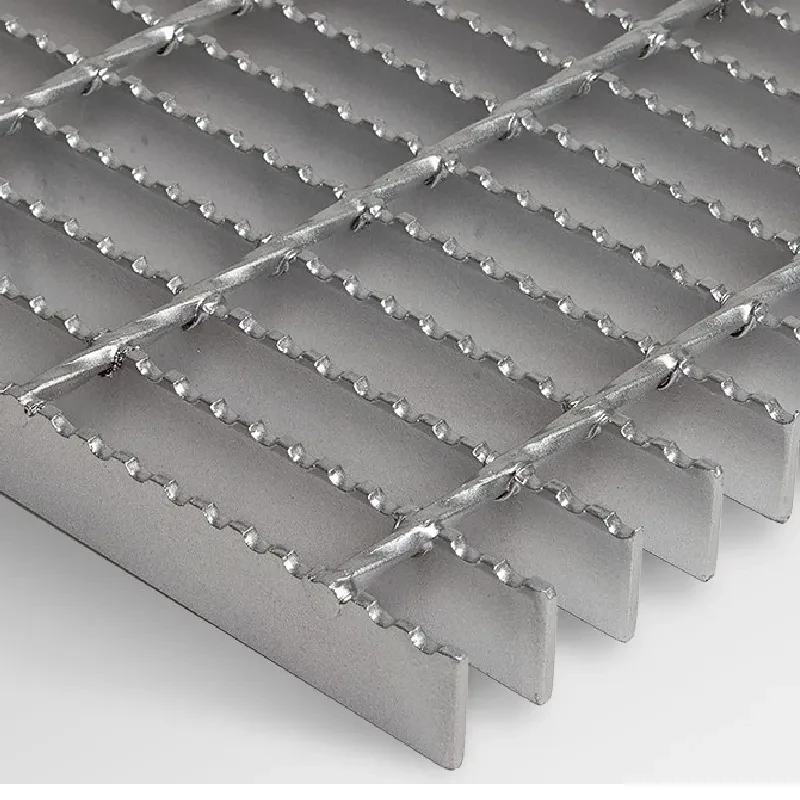- Industrial zone, South of Anping Town, Hengshui, Hebei, China.
- sales@hfpetromesh.com
- +86-18931809706
 Afrikaans
Afrikaans  Albanian
Albanian  Amharic
Amharic  Arabic
Arabic  Armenian
Armenian  Azerbaijani
Azerbaijani  Basque
Basque  Belarusian
Belarusian  Bengali
Bengali  Bosnian
Bosnian  Bulgarian
Bulgarian  Catalan
Catalan  Cebuano
Cebuano  Corsican
Corsican  Croatian
Croatian  Czech
Czech  Danish
Danish  Dutch
Dutch  English
English  Esperanto
Esperanto  Estonian
Estonian  Finnish
Finnish  French
French  Frisian
Frisian  Galician
Galician  Georgian
Georgian  German
German  Greek
Greek  Gujarati
Gujarati  Haitian Creole
Haitian Creole  hausa
hausa  hawaiian
hawaiian  Hebrew
Hebrew  Hindi
Hindi  Miao
Miao  Hungarian
Hungarian  Icelandic
Icelandic  igbo
igbo  Indonesian
Indonesian  irish
irish  Italian
Italian  Japanese
Japanese  Javanese
Javanese  Kannada
Kannada  kazakh
kazakh  Khmer
Khmer  Rwandese
Rwandese  Korean
Korean  Kurdish
Kurdish  Kyrgyz
Kyrgyz  Lao
Lao  Latin
Latin  Latvian
Latvian  Lithuanian
Lithuanian  Luxembourgish
Luxembourgish  Macedonian
Macedonian  Malgashi
Malgashi  Malay
Malay  Malayalam
Malayalam  Maltese
Maltese  Maori
Maori  Marathi
Marathi  Mongolian
Mongolian  Myanmar
Myanmar  Nepali
Nepali  Norwegian
Norwegian  Norwegian
Norwegian  Occitan
Occitan  Pashto
Pashto  Persian
Persian  Polish
Polish  Portuguese
Portuguese  Punjabi
Punjabi  Romanian
Romanian  Russian
Russian  Samoan
Samoan  Scottish Gaelic
Scottish Gaelic  Serbian
Serbian  Sesotho
Sesotho  Shona
Shona  Sindhi
Sindhi  Sinhala
Sinhala  Slovak
Slovak  Slovenian
Slovenian  Somali
Somali  Spanish
Spanish  Sundanese
Sundanese  Swahili
Swahili  Swedish
Swedish  Tagalog
Tagalog  Tajik
Tajik  Tamil
Tamil  Tatar
Tatar  Telugu
Telugu  Thai
Thai  Turkish
Turkish  Turkmen
Turkmen  Ukrainian
Ukrainian  Urdu
Urdu  Uighur
Uighur  Uzbek
Uzbek  Vietnamese
Vietnamese  Welsh
Welsh  Bantu
Bantu  Yiddish
Yiddish  Yoruba
Yoruba  Zulu
Zulu
- Afrikaans
- Albanian
- Amharic
- Arabic
- Armenian
- Azerbaijani
- Basque
- Belarusian
- Bengali
- Bosnian
- Bulgarian
- Catalan
- Cebuano
- Corsican
- Croatian
- Czech
- Danish
- Dutch
- English
- Esperanto
- Estonian
- Finnish
- French
- Frisian
- Galician
- Georgian
- German
- Greek
- Gujarati
- Haitian Creole
- hausa
- hawaiian
- Hebrew
- Hindi
- Miao
- Hungarian
- Icelandic
- igbo
- Indonesian
- irish
- Italian
- Japanese
- Javanese
- Kannada
- kazakh
- Khmer
- Rwandese
- Korean
- Kurdish
- Kyrgyz
- Lao
- Latin
- Latvian
- Lithuanian
- Luxembourgish
- Macedonian
- Malgashi
- Malay
- Malayalam
- Maltese
- Maori
- Marathi
- Mongolian
- Myanmar
- Nepali
- Norwegian
- Norwegian
- Occitan
- Pashto
- Persian
- Polish
- Portuguese
- Punjabi
- Romanian
- Russian
- Samoan
- Scottish Gaelic
- Serbian
- Sesotho
- Shona
- Sindhi
- Sinhala
- Slovak
- Slovenian
- Somali
- Spanish
- Sundanese
- Swahili
- Swedish
- Tagalog
- Tajik
- Tamil
- Tatar
- Telugu
- Thai
- Turkish
- Turkmen
- Ukrainian
- Urdu
- Uighur
- Uzbek
- Vietnamese
- Welsh
- Bantu
- Yiddish
- Yoruba
- Zulu
helideck netting
The Importance of Helideck Netting in Offshore Operations
Helideck netting plays a crucial role in ensuring the safety and efficiency of helicopter operations on offshore platforms. As offshore drilling and production become more prevalent, the demand for reliable and effective transportation methods increases. Helicopters provide a vital link between offshore facilities and the shore, yet their operations must be conducted under rigorous safety standards. One critical aspect of this safety is the use of helideck netting.
Helideck netting is specifically designed to enhance safety during helicopter landings and takeoffs. The primary function of the netting is to prevent accidental roll-off incidents, where helicopters might inadvertently slide off the helideck edge during landing or taking off, especially under adverse weather conditions. The netting not only serves as a physical barrier but also contributes to the overall stability of helicopter operations on the helideck.
Another significant aspect of helideck netting is its capacity to protect personnel and equipment. In the event of a mishap, such as a hard landing or emergency evacuation, the netting helps in containing potential hazards. It can prevent falling debris from injuring workers on the helideck or causing damage to the helicopter itself. This containment feature is critical because any injury or damage can lead to operational delays and increased costs, impacting the overall efficiency of offshore operations.
helideck netting

Furthermore, helideck netting is typically constructed from high-strength materials, ensuring durability in harsh offshore environments. These materials are resistant to corrosion and wear, which is essential given the exposure to saltwater and extreme weather conditions. The longevity of the netting reduces the need for frequent replacements, thus decreasing maintenance costs and downtime.
In addition to safety and durability, the implementation of helideck netting also reflects compliance with international safety regulations. Various organizations, including the International Maritime Organization (IMO) and the Civil Aviation Authority (CAA), have established guidelines that dictate the necessary safety measures for offshore helidecks. By incorporating netting into their designs, operators demonstrate their commitment to adhering to these regulatory standards.
In conclusion, helideck netting is an indispensable component of offshore helicopter operations. It enhances safety, protects personnel and equipment, and ensures compliance with safety regulations. As the offshore industry continues to evolve, the importance of adopting safety measures such as helideck netting cannot be overstated. Investing in high-quality netting solutions is not just a regulatory requirement; it is a proactive step toward safeguarding lives and optimizing operational efficiency in challenging offshore environments.
-
The Essential Tool for Drilling and Filtration SystemsNewsMay.07,2025
-
Steel Grating Company: The Best Choice for Industrial SolutionsNewsMay.07,2025
-
Shale Shaker Screens: The Key to Efficient Drilling OperationsNewsMay.07,2025
-
0Perimeter Safety Netting: Essential for Workplace SafetyNewsMay.07,2025
-
Helideck Safety Net: Essential Protection for Offshore PlatformsNewsMay.07,2025
-
Choosing the Right Steel Grating for Your NeedsNewsMay.07,2025